|
Playful, lyrical, musical, moving, Hopeful, joyful, anguished, blue. Concentrated yet expansive, To the norm they may not hew. Read in classrooms and on stages, Through the ages, old and new. Small but mighty, I applaud them, and Wonder if you laud them, too. -M.W. Why Use Poems? For me, a poem is like a pop-up book, or maybe Yoda and a can of Popeye’s spinach. A poem is minute but mighty, compressing a ton of surprise, wisdom, and fortifying energy into a small space. Efficient and powerful, poems are perfect for teaching, and then having students practice, a wide variety of important literacy elements, including comprehension through close reading, asking and answering questions, genre and author study, vocabulary building, grammar and sentence structure study, phonic-spelling patterns, fluency, and speaking and listening. Additionally, poems are relatively easy to find and manage. They can be used for shared reading, guided reading, and independent reading. Finally, most children find poems engaging and enjoy reading and presenting them. I attribute this to the brevity, rhythm, and rhymes of poems, as well as their ability to evoke a wide variety of feelings and wonderment. When striving readers fluently read and then present poems to others, they gain a real sense of accomplishment and success . All in all, poems are an effective tool for teaching primary grade reading. What follows are places to find them, thoughts on leveling them for differentiated teaching, and a flexible routine for using them to teach a variety of important early reading skills. Where to Find Poems Old school nursery rhymes, traditional poems from years past, and poems from modern and contemporary authors are all at your fingertips, easily found online. Here are three sites to get you started.
By The Way: Shakespeare for 3rd Graders I found this Renaissance classic in the Poetry Foundation’s children’s section. In mid-October, pass out the witchy-poo pointer fingers, model a good ghoul voice, and let your third graders have at it. By Halloween, some will be clamoring to present! Published poetry collections are the ultimate source of classroom text. Collections often include upwards of 100 or more poems meaning you can generate a collection of appropriate poems for your class in no time. Here’s a list of twelve respected and beloved children’s authors and a poetry collection from each to get you started. Collecting and Storing Poems Between well-stocked websites and comprehensive print collections, you can amass dozens of poems for kids to read in a short amount of time. Storing them as PDFs or word document files allows for easy sharing with other teachers. For use during shared reading time, print poems on poster-sized sheets or present them on SmartBoard slides. For guided and independent reading, copy poems as single sheets. My mother, now retired, presented two poems a week to her first graders. During my years in third grade, I presented about three poems a month. But knowing what I know now (the power of poetry, the myriad ways it can be used), whenever I teach children, I use three or four poems every two weeks. Presenting a number of poems allows you to differentiate for different reading levels, provides numerous possibilities for classroom activities, gives students choices on what they read, and provides options when creating personal poetry anthologies for each student (more on this at the end of this section). Loosely Leveling Poems Leveling poems enables a number of instructional best practices, including providing choice, challenge, and support. Some poems come with a Lexile or grade level. For those that don’t, you can type a poem into a website or word document and generate an ATOS or Flesch-Kinkaid grade level and readability score. But I find these scores are often misleading, sometimes egregiously so. That’s why I roughly determine the appropriateness of a poem for any particular group of students by considering the following:
To illustrate, here are two poems I might present to second graders: Comparing these two poems, I see that although Macaroni and Cheese has a complex layout (the poem is written for two or more readers), it has half the number of words of Bed in Summer, fewer phonic patterns, more repeated words, more contemporary language, and relatively simple subject matter. Thus, I think Macaroni and Cheese would be appropriate for readers who need more support. Meanwhile, the Stephenson poem would be appropriate for shared reading because its meaning is more complex, its subject matter more nuanced, it would lead to more questioning and inferring, and some of my striving readers might find its number of words frustrating to read without support. Finally, I would assign the Stephenson poem to my more advanced readers for independent reading, although I would give all my students the choice to read both. Routine for Teaching Reading Skills Through Poems After I have decided on the two or three poems I want to use, I generally follow this 3-day routine to teach a variety of reading skills, from applying comprehension strategies to noticing phonic patterns and re-reading for fluency. First Day (15 t0 20 minutes)
Personal Poetry Anthologies Personal poetry anthologies grow and expand as the months goes by, reflecting a child’s personal preferences. Each poem in the anthology provides an opportunity for students to re-read and build fluency during independent reading time, as well as share their reading with others. Regardless of whether you use the 3-day routine (given previously) or not, put the poems each child has read into a 3-ring binder with his or her name on it. If students are able to do their own 3-hole punching and operate a binder, then so much the better. I give students the option to take a second or even a third poem, each one typically at a different level of difficulty. Thus, after two months, some children will have a dozen poems in their anthology while others may have only four or five. If your budget and/or storage space is limited, you can store poems in a two-pocket folder with or without fasteners. If you don’t use fasteners, I suggest you gradually staple the poems into packets of six to eight poems (so papers don’t go flying if the poems fall out). Illustrating the cover of the poetry book is always a fun and engaging thing to do at home or in the classroom. What can a child can do with her poetry anthology? Here's a list of poetry reading possibilities: During independent reading time, read your poetry anthology...
By The Way: Paintbrush Reading Fluent reading unfolds smoothly, with expression, and in broad brushstrokes of phrasing. To drive the point home, consider putting out a can filled with small paintbrushes. Then allow your students (independently or in small or large groups) to grab a paintbrush and re-read a poem or passage by pulling the brush smoothly below each sentence as it is read. It’s a kinesthetic feedback trick that keeps kids engaged during re-reading. Read like a painter, not…like…a…pointer!
Note for Parents and Teachers To help with National Poetry Month, I’ve put free PDFs and sound files of some of my most popular poems online. Just go to this File Cabinet tab on this website (top of the page, immediately to the right of the blog tab). Then look in the right hand column. There you will find PDF poems and dramatic readings of A Bug, A Bug!, poems for two voices, like Nuh Uh! and Mac & Cheese, and more. The mp3s are super fun readings done by actors Chris Laitta & Biff Baron. |
Mark WeaklandI am a teacher, literacy consultant, author, musician, nature lover, and life long learner.
|
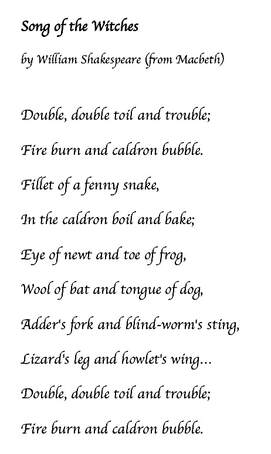
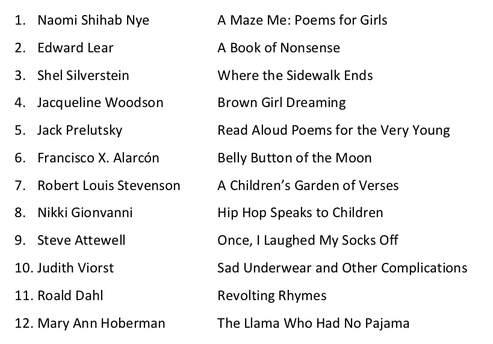
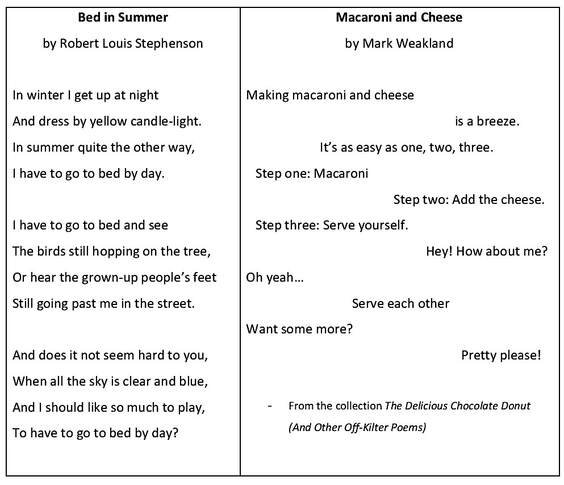
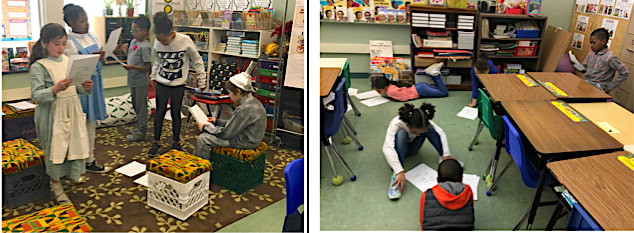
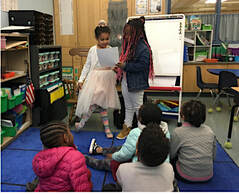

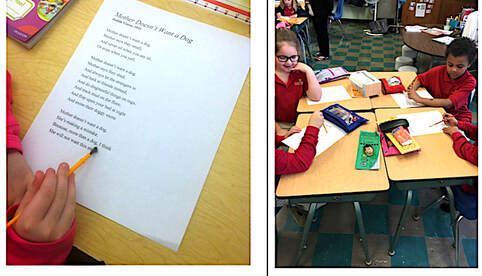
 RSS Feed
RSS Feed